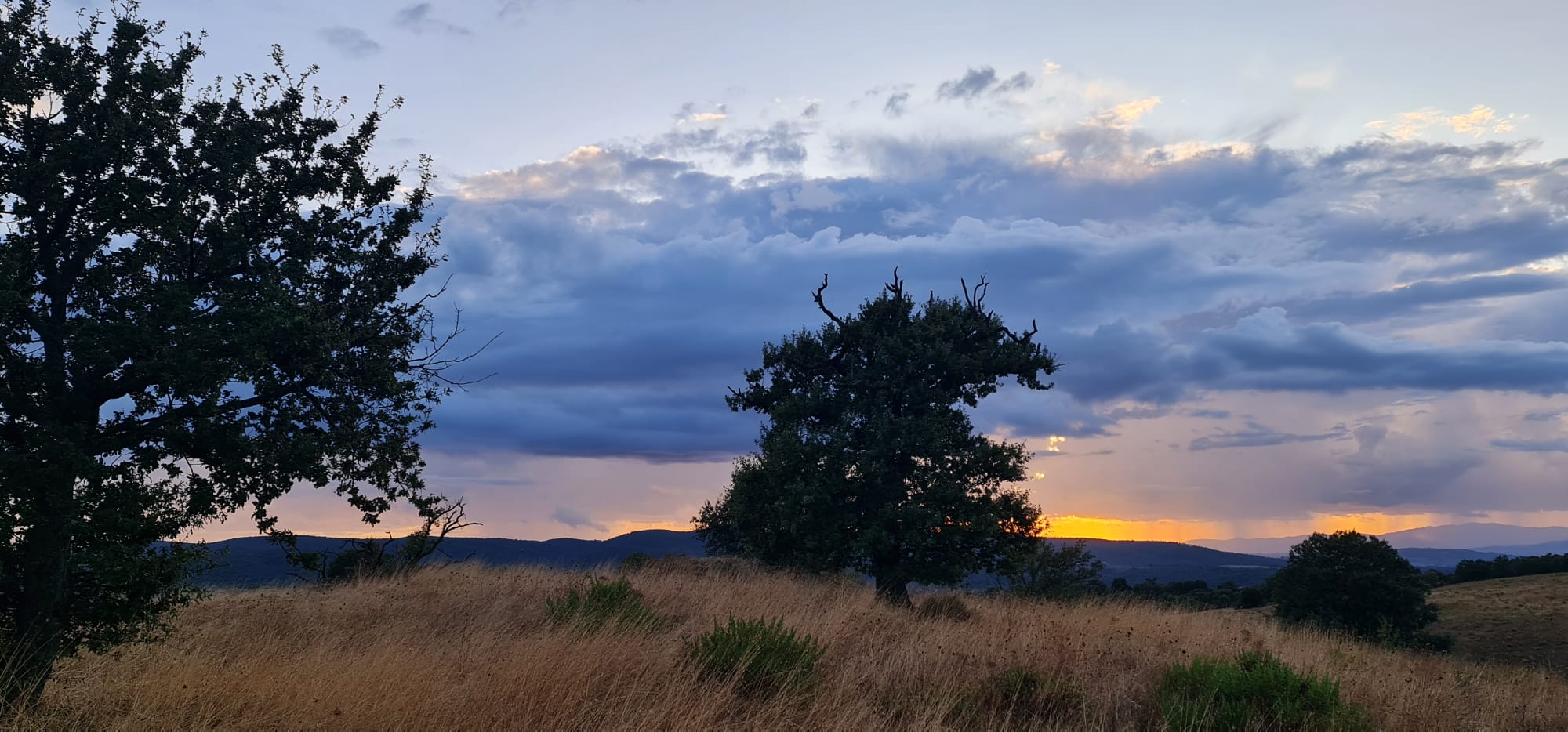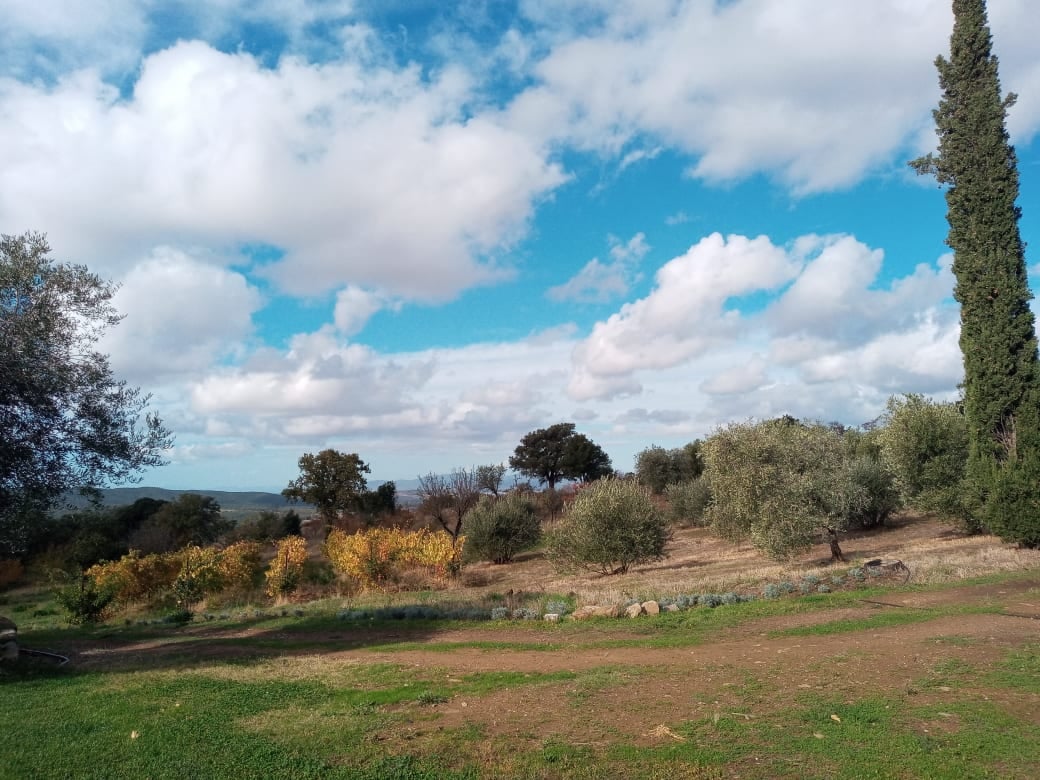
History of mining in Maremma

Etruscan and Roman Periods
Mining activities in Maremma can be traced back to the Etruscan civilization, which thrived in the region from the 8th to the 4th century BC. The Etruscans were skilled miners who extracted various minerals, including copper and iron, to create tools, jewelry, and other artifacts. Their mines were often located in the Colline Metallifere (Metal-bearing Hills) of southern Maremma, an area rich in mineral resources.
During the Roman era, Maremma continued to be a significant source of minerals. The Romans expanded mining operations, focusing on the extraction of iron, copper, and lead. Maremma’s mines played a crucial role in supporting the Roman Empire’s military and economic needs, with the region’s metallurgical industry being among the most advanced in the ancient world.
Middle Ages and Renaissance
The Middle Ages saw a decline in mining activities in Maremma due to the region’s marshy and unhealthy conditions, as well as frequent invasions and political instability. Many mines were abandoned during this time, and the knowledge of ancient mining techniques was lost.
The revival of mining in Maremma can be attributed to the Medici family, who ruled over Tuscany during the Renaissance. In the 16th century, they initiated extensive land reclamation projects, which included the drainage of the marshes in Maremma. This reclamation effort had two significant impacts on mining in the region. First, it transformed previously uninhabitable areas into fertile land, and second, it uncovered new mineral resources as the marshes were drained.
As a result, mining activities in Maremma experienced a resurgence, with the Medici family investing in mining infrastructure and technology. The Colline Metallifere once again became a prominent mining area, producing significant amounts of iron, lead, and copper. Some mining towns, like Massa Marittima, saw their populations grow as miners and their families settled in the region.
Industrial Revolution and Modern Era
The 19th century marked another significant shift in Maremma’s mining history, as the Industrial Revolution brought modernization and expansion to the mining industry. The region’s mineral wealth attracted investors and entrepreneurs, leading to the construction of mines and smelting facilities on a larger scale.
One of the most notable minerals extracted during this period was pyrite, commonly known as “fool’s gold.” Pyrite was in high demand due to its use in the production of sulfuric acid, an essential component in various industrial processes. The town of Gavorrano in Maremma became a hub for pyrite mining, with extensive underground galleries.
Other important minerals mined in the region included zinc, silver, and manganese. Mines and foundries operated with advanced machinery, contributing to the economic development of Maremma and the surrounding areas.
Decline and Legacy, History of mining in Maremma
The 20th century saw a decline in mining activities in Maremma as global markets changed, and alternative sources of minerals became more accessible. Many mines closed, and the once-thriving industry gradually faded away. Environmental concerns, labor issues, and economic factors contributed to the decline.
Today, the legacy of Maremma’s mining history is still visible in the landscape. Abandoned mines and industrial structures serve as a testament to the region’s rich mining heritage. Some sites have been preserved and turned into museums or historical landmarks, offering visitors a chance to explore the mining history of Maremma.
In recent years, there has been a growing interest in sustainable and responsible mining in Maremma, with efforts to reevaluate the region’s mineral resources and promote eco-friendly practices. Additionally, mining tourism has gained popularity, allowing tourists to experience the underground world of Maremma’s mines and learn about the region’s mining history.
In conclusion, the history of mining in Maremma is a compelling narrative of ancient Etruscan and Roman operations, the resurgence of the industry during the Renaissance, the impact of the Industrial Revolution, and the eventual decline in the modern era. The region’s mining heritage has left a lasting imprint on its culture, landscape, and economy, making it an essential part of Maremma’s history and identity.
Our IGT Toscana Wine Products
-
Capricci Toscana IGT Rosso Tuscany Red Wine
Capricci Toscana IGT Rosso
Original price was: €16.80.€15.00Current price is: €15.00. inc. Sales tax
-
Capricci Toscana IGT Rosso 6 bottles
Capricci Toscana IGT Rosso
Original price was: €100.80.€90.00Current price is: €90.00. inc. Sales tax


